2001 Corvette – The Ultimate Guide
The arrival of the 2001 C5 Chevrolet Corvette was met with an ever-increasing amount of excitement and anticipation. Over the past four years, both the coupe and convertible had already proven themselves as being some of the “best in class” since the introduction of the C5 in 1997.
Additionally, the FRC had demonstrated General Motors commitment to provide driving enthusiasts with a machine that would better meet the rigors of performance driving with its improved suspension and more rigid body design.
Even now, while its engineering and design teams were continuing to further refine the Corvette base models, they were also about to begin an entirely new chapter that would include a new stablemate for the coupe and convertible – namely, the Z06 Edition Hardtop Coupe.
Built on the Fixed Roof Coupe (FRC) platform introduced with the 1999 and 2000 models, this replacement to the earlier hardtop model was built to rival the horsepower and performance numbers boasted by the C4 ZR-1 Corvette, yet was priced at only a fraction of the cost. Starting at $46,855, the Z06 Corvette would immediately become recognized as the flagship of the Corvette line.
The idea to develop a true “race-ready” Corvette really stemmed from the discontented mind of David Hill, Corvette’s Chief Engineer, who simply wasn’t satisfied with the current performance aspects of the C5 Corvette. Looking at the Corvette from a pure performance perspective, he recognized that not all Corvette owners cared about making concessions to comfort and convenience. He believed that some drivers simply wanted to be the fastest driver behind the wheel of the strongest automobile on the streets. It was with this focus and determination that Hill and his team of designers and engineers set about developing a purist automotive experience unlike any Corvette that had come before it. The success of this endeavor manifested itself to the world under the numeric designation Z06.

The Z06 name was chosen to honor Zora Arkus-Duntov and the original “race-ready” Z06 package that he was instrumental in developing for the 1963 Corvette. Further paying homage to Duntov, Chevrolet engineers developed a new powerplant for the new Corvette flagship which carried the engine designation LS6 (which was the same engine designation given to Duntov’s famed 425 horsepower (gross) big-block V-8 that was originally offered, though only briefly, in 1971.)

Available only in the Z06 package, the 2001 LS6 engine produced an impressive 385 horsepower and 385 lb-ft of torque. Although the engine was based on the standard 5.7-liter LS1 powerplant, the LS6‘s higher-compression aluminum heads were modified for better management of crankcase pressures and more efficient oil flow (and return) from the upper part of the engine during high-speed turns.
Additionally, the camshaft profile was increased to take advantage of a new intake manifold. Working together, this more aggressive intake profile allowed a higher volume of air to flow into (and through) the improved porting, allowing the engine to breathe more easily while ensuring that air moved smoothly into the combustion chambers.
Larger fuel injectors were introduced to balance the increased air volume, and a titanium exhaust system, unique to the Z06 and 50% lighter than the equivalent stainless steel exhaust found on the base model coupe and convertible, was included to help relieve exhaust-gas back-pressure. Lastly, stronger valve springs were added to manage the engine’s higher RPM. Production of both the LS1 and the LS6 engines were relocated to a facility in St. Catharines, Ontario, Canada.
Developed solely with the driving purist and racing enthusiasts in mind, it was no surprise when it was decided that the Z06 platform should only come equipped with a manual transmission. As such, the Z06 was equipped with a new six-speed manual transmission gearbox which included more aggressive gearing than that found on the base coupe. When mated with the LS6 engine, the Z06 powertrain was decisively more powerful than that of any Corvette which had come before it.
The new Z06 boasted an impressive power-to-weight ratio of 8.09 pounds per horsepower, with 0-60 miles per hour times clocking in around four seconds and quarter mile times clocking in at just over 12 seconds. Finally, Chevrolet had introduced a Corvette that was capable of competing with some of the staunchest competitors from around the world while maintaining a price tag that was only a fraction of the competitions cost.
While the development of a more powerful drivetrain meant that the Z06 would push the boundaries of speed and performance already synonymous with Corvette, it would also require that the rest of the car be bolstered to support the increased torsional forces that would be placed on it. In response to this, Chevrolet engineers developed an exclusive suspension package for the Z06 Corvette. Designated RPO FE4, the Z06 suspension package featured a larger front stabilizer bar, stiffer rear leaf springs, and revised camber settings. Each of these components was calibrated to deliver maximum high-speed control, even when operating the Z06 in adverse driving conditions.
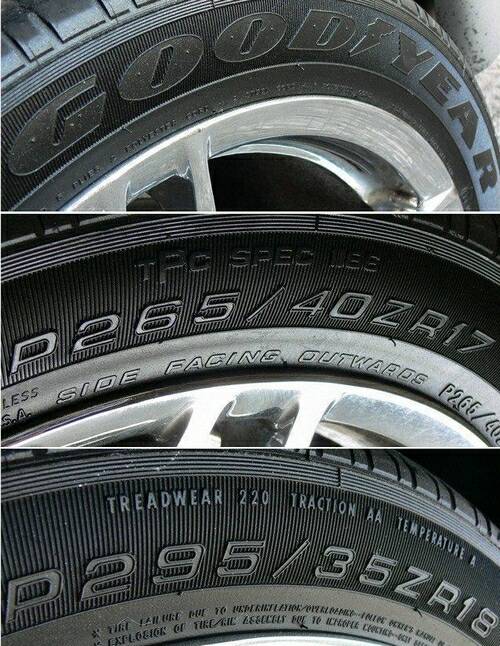
Complimenting the suspension package upgrades was the introduction of wider Goodyear Eagle F1 Supercar tires. These unique tires were developed specifically for the Z06 Corvette, and each came with an asymmetrical tread pattern designed to grip the road on both dry and wet surfaces.
Further, these new tires also included greater sidewall compliance and improved wear characteristics. The front wheels were lined with P265/40ZR-17 tires and the rear wheels were lined with P295/35ZR-18 tires, both of which were an inch wider than those mounted to the standard Corvettes. Interestingly, these new tires were not of the “run-flat” design, so a puncture repair kit was included with the car.
Essentially the kit enabled the driver to repair the tire with a special compressed sealant, and then inflate it with the included compressed air so that the car could be driven to the nearest available service shop.
The exhaust system was also improved over the base Corvette coupe and convertible models. A less-restrictive titanium exhaust system was introduced for the 2001 Z06 and was the first production vehicle exhaust system ever developed out of the exotic metal. The new titanium exhaust system was 50 percent lighter than the stainless steel system it replaced.
The introduction of this new exhaust system helped to maximize the breathing capabilities of the LS6 and reduce the overall weight of the Z06 Corvette. Complementing the exhaust system, Chevrolet designers introduced chrome exhaust tips for the 2001 model year. While these tips were not unique solely to the Z06 coupe, they certainly gave the 2001 model a distinctive characteristic that identified the (then) newest of the C5’s amongst its peers.

In addition to the improvements made to the power output of the Z06, a “weight savings” program helped further bolster the car’s performance numbers. The weight reduction program included the aforementioned exhaust system, the replacement of the standard issue car battery with a compact lead-acid battery and the replacement of the standard issue automotive glass with a thinner windshield and backlight glass. Overall, the Z06 weighed in at 36 pounds less than the former Fixed Roof Coupe and was 117 pounds lighter than the base model coupe.
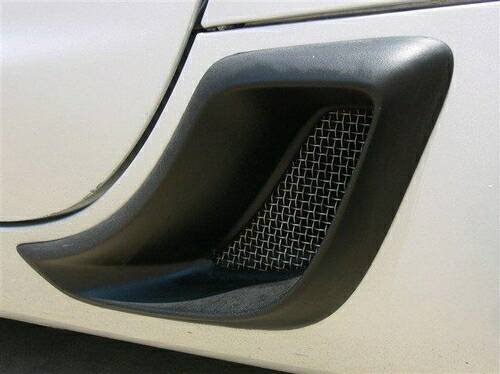
Cosmetically, the Z06 Corvette was not much of a departure from the FRC Corvette that preceded it. The most notable change that differentiated the Z06 from the Coupe was the replacement of the rear hatchback and deck lid with a closed cockpit that featured a backlight rear widow and the re-introduction of a functional, stand-alone trunk.
Other, less notable but equally significant changes included the addition of purposeful grilles to the center air inlets on the front fascia, and air scoops added to the rear rocker panels to feed air to the rear brakes for better cooling.
Lastly, both the disc-brake calipers and the engine cover were painted bright red, and Z06 emblems were added to the front fenders.

The interior of the Z06 Corvette featured a number of subtle embellishments over that of the base coupe and convertible.
The Z06 featured an exclusive instrument cluster with stylized graphics that helped to accentuate the model’s higher 6,500 RPM engine redline. The seats were leather trimmed in solid black, (although Torch Red accents were also an option) and included additional side bolstering to ensure that the driver and passenger remained properly seated during even the staunchest driving conditions. The seat’s headrests also received special embroidering that featured the Z06 logos. Similarly, special Z06 embroidered floor mats were included as part of the interior package. A Bose audio system with CD player was also included.
Both the pubic and critical reception of the Z06 Corvette was wildly enthusiastic. The car was heralded as “race-ready straight out of the box” and was considered a bargain amongst comparably equipped European sports cars like Porsche and Ferrari.
Of course, not all of the featured development and model advances were made exclusively to the Z06. In many instances, the design improvements to the Z06 produced technology spin-offs that were used on all of the Corvettes from that year. Mechanically, the LS1 engine of the base Corvette received a slight boost in engine horsepower (from 345 to 350 bhp) as a result of utilizing the LS6’s new intake and exhaust manifolds.
Even more impressive was the LS1 engine’s low end torque, which had increased to 360lb-ft at 4,400 rpm on automatic-transmission-equipped models, and 375 lb-ft at 4,400 rpm on models equipped with the six-speed manual transmission. These improvements meant that even the “slowest” 2001 Corvette (a base model equipped with an automatic transmission (which accounts for approximately 60% of the Corvettes sold that year)) was still a full quarter second quicker than its 2000 counterpart. Further, when equipped with the performance axle, the automatic would now run as fast as the previous year’s manual-gearbox version.
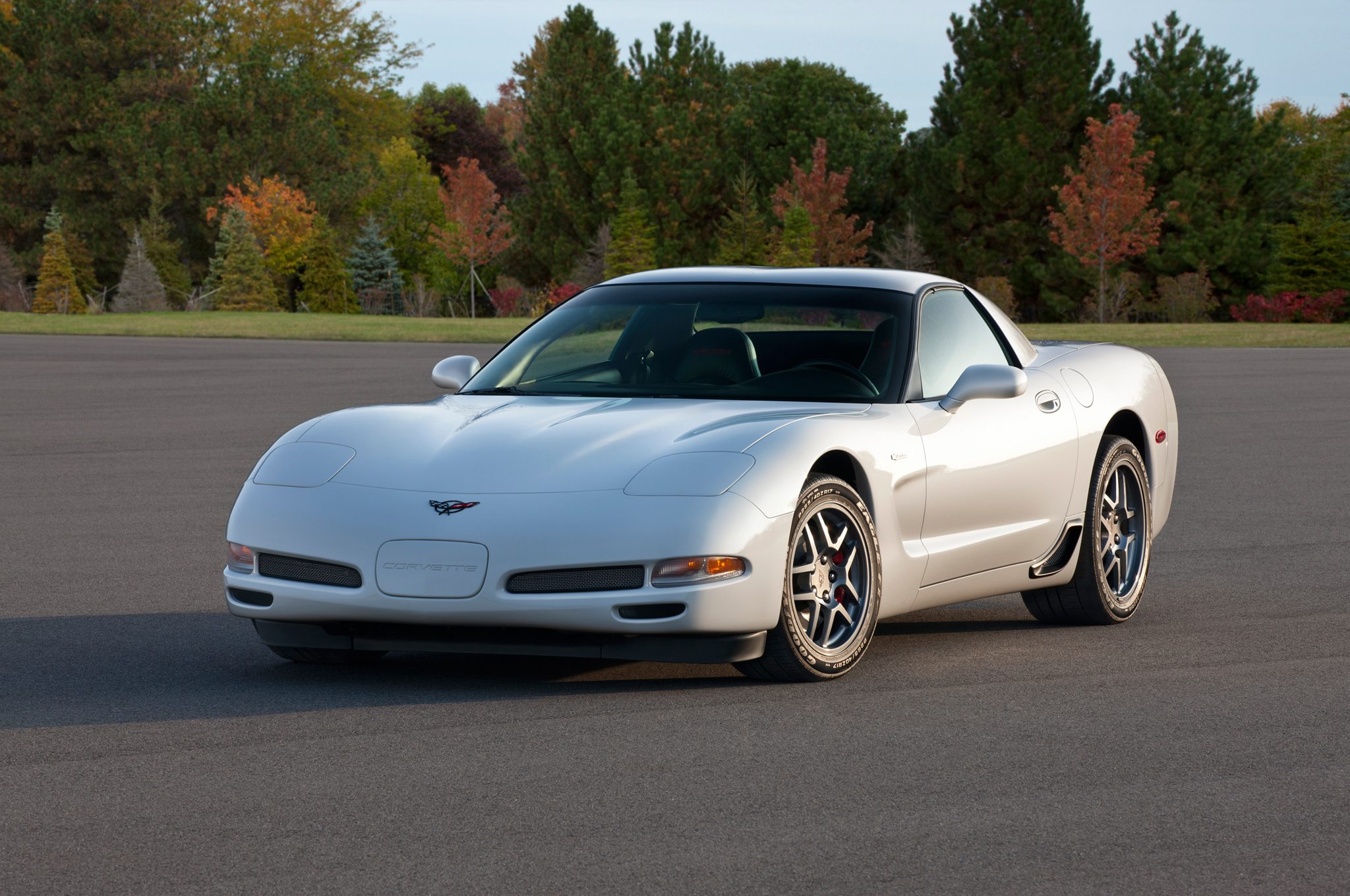
Other mechanical advances to the 2001 Corvette included the introduction of a larger-diameter aluminum driveshaft, and base models equipped with manual-gearbox versions received a revised clutch that required less pedal pressure to engage. Back under the hood, several improvements had been made to the electrical systems. For the first time ever, the Corvette now came equipped with a glass mat battery, which was an improvement over its predecessor. Where the standard battery was certainly no slouch, this replacement was lighter and more durable than the one it replaced. In conjunction with the battery, a revised alternator was introduced that included a new clutch pulley that aided in eliminating “idle creep” on automatic transmission models.
The 2001 model year saw the introduction of the C5 Z06 Corvette, but did you know that the Z06 is actually a naming convention that GM introduced in the early 1960’s?
In 1962, Zora Arkus Duntov, Chief Engineer at General Motors (GM), first brought forth the concept of the Z06 following a ban on factory-sponsored racing by the SCCA. The Z06 “regular option package” was specifically designed for competition-minded buyers, so they could order a race-ready Corvette straight from the factory with just one check of an option box.
The 2001 Z06 Corvette offered similar available upgrades to consumers including the more powerful 385 horsepower LS6 engine. When mated to a standard 6-speed manual transmission, the LS6 provided the 2001 Z06 Corvette with the extra power necessary to provide drivers with a “race-ready” Corvette, just as Zora Arkus-Duntov had envisioned some forty years earlier.
While most Corvette enthusiasts purchased a Corvette for its horsepower, there was another benefit of the modifications made to the LS1 equipped Corvette that had little to do with performance, but had a significant impact on fuel economy. For the 2001 model year, the fuel economy of the base coupes and convertibles increased by one mile per gallon. Further, all new Corvettes now received the “National Low-Emisssion Vehicles (NLEV)” certification, meaning that the Corvette not only produced serious performance numbers, but also met stringent emission standards that ensured that the Corvette was “environmentally conscious.”
An Active-Handling system was introduced as a standard feature on all model lines of the Corvette. It featured a new brake-pressure modulator (supplied by Bosch) and a number of new or revised stability system calibrations. A less intrusive stability control system was introduced, replacing the previous version, which had earned a reputation of interfering with the driver’s operation of the car.
Some “creature comforts” were introduced for the 2001 model year as well. Automatically dimming “electrochromic” side and rear-view mirrors were added as an option (RPO DDO), though these were only available separately if ordering a Z06 Corvette. If a consumer wished to purchase the “electrochromic” mirrors for their base model coupe or convertible, they could only do so when ordering option group 1SC, which included the dimming mirrors as well as the heads-up display, twilight sentinel and the power telescopic steering column. Other improvements included the introduction of a newly designed convertible top that offered a tighter seal, which improved noise isolation and gave the top a smoother look.

The prices on both the coupe and convertible rose some from the previous year. The coupe started at $39,830 and the convertible started at $46,355, which was only slightly less than the base price for the Z06 coupe. While the increase as notable, it did not hinder car sales in the slightest.
In fact, the 2001 season saw the highest Corvette sales volume since the 1985 model, with the total number of units sold tallying 35,537 units, including an impressive 5,798 Z06 coupes, a more-than-respectable number for the car’s freshman year.
As Dave Hill pointed out (when asked about the 2001 Corvette lineup) “We’ve enhanced Corvette’s performance persona and broken new ground with the new Z06.” Hill went on to say that the “Second-Generation Active Handling and improved comfort and convenience add luster to America’s most enduring high performance sports car.” Based on both customer response and the end of year sales results, it was most definitely certain that the Corvette had a promising commercial future.
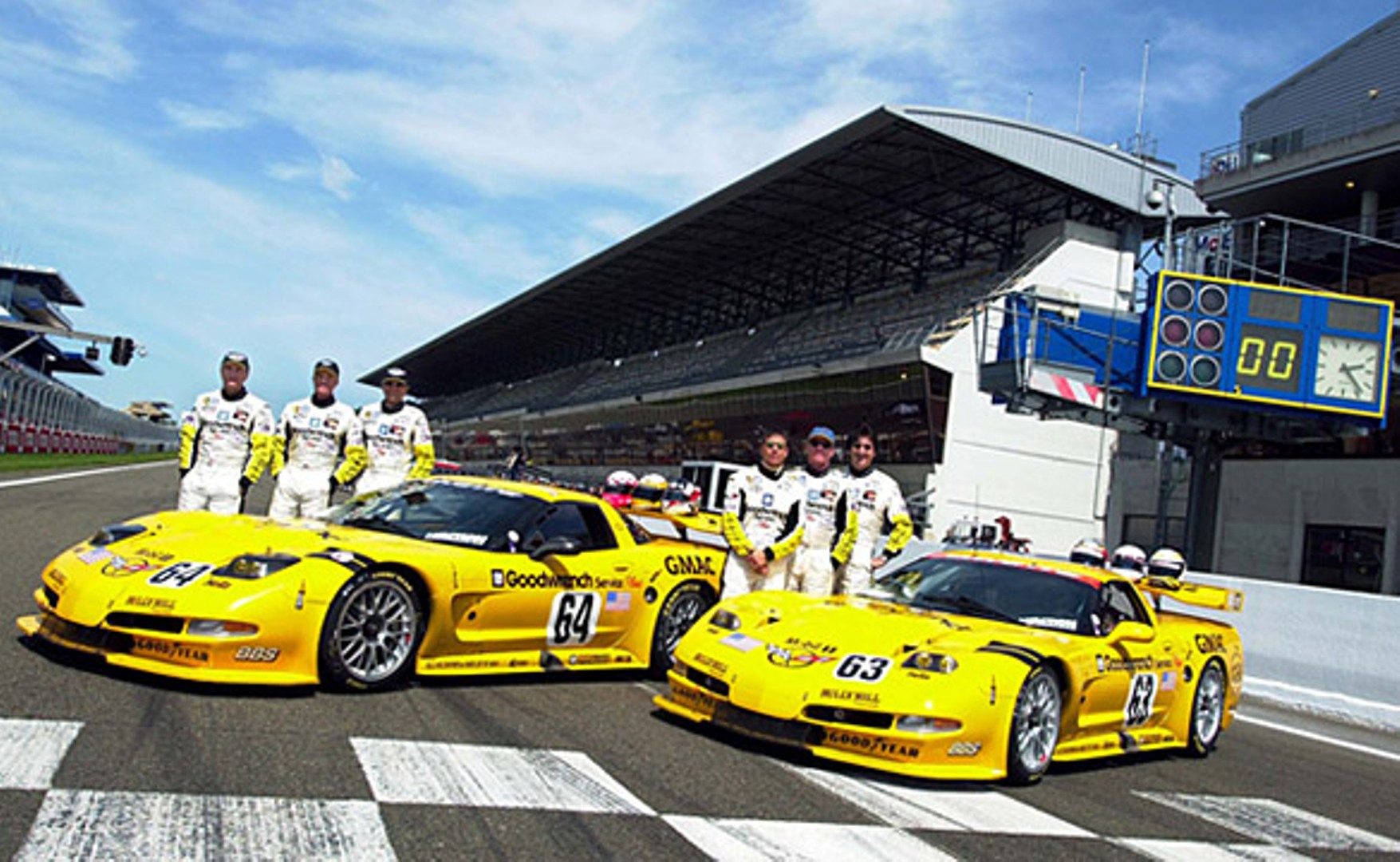
At the same time, the Corvette C5-R Racer dominated the competition during the 2001 racing season. Among its many victories that year, the C5-R landed an overall victory at the 24 Hours of Daytona, a double-podium finish at the 12 Hours of Sebring, a number of class victories throughout the American LeMans Series, including races run in Portland, Sears Point, and Texas Motor Speedway.
Without question, however, the most significant win of the season was the first and second place GT-class finishes of the Corvette Racing teams at the 24 Hours of LeMans, marking the first time that a Corvette had ever won at LeMans. That victory, more than any other, would leave a mark on the global racing community and demonstrate once and for all that the design and engineering teams behind Corvette had built a car that was as capable as any of its European counterparts.
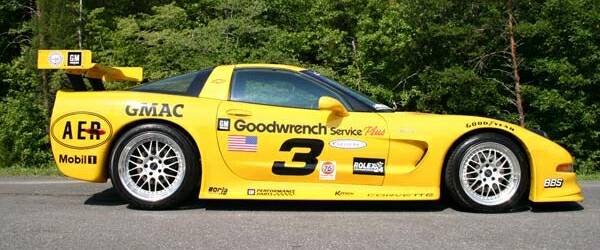
In August 2001, Chevrolet announced that it would sell as many as five track-ready versions of the C5-R GTS-class racer to private teams, much as it had done with previous, specially modified Corvettes. However, the engine and related electronics had to be purchased separately through Katech and then fitted to the chassis by Pratt and Miller, though both of these companies were partnered with Chevrolet on the C5-R project.
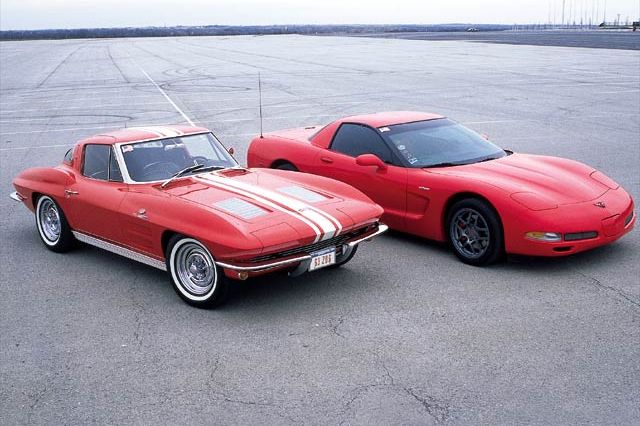
At the end of the 2001 season, with the Z06 now in circulation, the new Corvette had unquestioningly met the expectations of all who were involved with its design and development. The general consensus was that this new Corvette was “simply the quickest, best handling Corvette ever.”
Moreover, David Hill, whose vision to build a Corvette for the driving/racing purists, had been accomplished. As Hill himself explained “We’ve enhanced Corvette’s performance persona and broken new ground with the Z06. With 0 – 60 times of four seconds flat and more than 1g of cornering acceleration (skidpad), the Z06 truly takes Corvette performance to the next level. In fact, the Corvette Team has begun referring to it as the C5.5, so marked are the improvements we’ve made and the optimization of the car in every dimension.”
2001 Corvette Specifications & Performance
See the complete breakdown of technical specifications for the 2001 Corvette, including engine, suspension, brakes, body dimensions, and power. Read more: 2001 Corvette Specifications.
Engine, Transmission & Performance
Although the big news for 2001 was mostly the Z06, there were changes in the balance of the Corvette lineup. The base LS1 engine got a bump in power and was rated at an even 350 hp, up 5 hp from 2000. Manual transmission synchronizers were improved for better shifting.
2001 Corvette Vehicle Identification Numbers (VIN)
The last six digits begin at 100001 and run thru 135601. The pilot and prototype cars were given a VIN number in this VIN series. Each Vehicle Identification Number (VIN) is unique to an individual car. The Check Digit is used to calculate the characters in the serial number and gives it a single digit code that can be used to verify the serial number is legitimate. (Note: The Check digit number varies depending on each specific VIN number.) For all 2001 Corvettes in the U.S. and Canada, the Vehicle Identification Number (VIN) was stamped on a plate on the inner vertical surface of the left windshield pillar visible through the windshield. Read more: 2001 Corvette VINs.
2001 Corvette Price & Options
Core Features & Factory Options
The new Corvette Z06 was introduced in 2001. It included the new LS6 engine that produces 385 horsepower and a new manual transmission to transfer the power. RPO Z06 could not be ordered with an automatic transmission. The transmission is geared more aggresively and torque is used more efficiently. RPO Z06 also included the Z51 suspension as standard equipment. New larger brakes with a new cooling vent for the rear brakes. The vents are located on each side of the car in front of the rear wheels. Z06 also included tires that were 1″ wider than the coupe and convertible. B
ecause the tires are not EMT (run-flat) they are 23 pounds lighter. This also added the requirement for a jack and tire repair kit because there is no room for a spare tire. The front and rear glass in the Z06 was made thinner to reduce weight in the Z06. The exhaust system is constructed of titanium to decrease weight, it was also redesigned to increase flow and create a more aggresive sound. These two weight saving measures removed 40 pounds from the car. The base coupe and convertible Vettes also received a power increase to 350 horsepower by utilizing the intake from the new LS6. New chrome exhaust tips, standard active handling and a transmission fluid sensor were added to the base model as well.
There were also new packages introduced for 2001. 1SB – Preferred Equipment Group – Coupe. Included Six way power passenger seat, dual zone A/C, auxillary lamps, memory package and luggage / parcel shade. 2,514 (7.06%) $1,639. The 1SC – Preferred Equipment Group – Coupe 1SB equipment + electrochromic mirrors, heads-up instrument display, twilight sentinal and telescopic power steering column 11,558 (32.44%) $2,544. 1SC – Preferred Equipment Group – Convertible 1SB equipment + electrochromic mirrors, heads-up instrument display, twilight sentinal and telescopic power steering column 11,881 (33.35%)
Colors
Read more: 2001 Corvette colors
Pricing & Options
Base Corvette Coupe with 346 cu. in. 350 hp engine and four speed automatic transmission: $40,475.00.
Base Corvette Convertible with 346 cu. in. 350 hp engine and four speed automatic transmission: $47,000.00.
Base Corvette Hardtop Z06 with 346 cu. in. 385 hp engine and six speed manual transmission: $47,500.00.
* New for the 2001 model year
| CODE | DESCRIPTION | QUANTITY | RETAIL PRICE |
| 1YY07 | Base Corvette Sport Coupe | 15,681 | $40,475.00 |
| 1YY37 | Base Corvette Z06 Hardtop | 5,773 | $47,500.00 |
| 1YY67 | Base Corvette Convertible | 14,173 | $47,000.00 |
| 1SB* | Preferred Equipment Group 1 – Coupe | 2,514 | $1,639.00 |
| 1SB* | Preferred Equipment Group 1 – Convertible | 1,710 | $1,769.00 |
| 1SC* | Preferred Equipment Group 2 – Coupe | 11,558 | $2,544.00 |
| 1SC* | Preferred Equipment Group 2 – Convertible | 11,881 | $2,494.00 |
| AAB | Memory Package (Z06 Hardtop) | 4,780 | $150.00 |
| B34 | Floor Mats | 34,907 | $25.00 |
| B84 | Body Side Moldings | 20,457 | $75.00 |
| CC3 | Removable Roof Panel, Blue Tint (Coupe) | 5,099 | $1,100.00 |
| C2L | Dual Removable Roof Panels (Coupe) | 4,769 | $650.00 |
| DDO* | Electrochromatic Mirrors (Z06 Hardtop) | 4,576 | $120.00 |
| F45 | Selective Real Time Damping (Coupe & Convertible) | 5,620 | $1,695.00 |
| G92 | Performance Axle Ratio (3.15 ratio) (automatic) | 12,882 | $300.00 |
| MN6 | 6-Speed Manual Transmission (Coupe & Convertible) | 16,019 | $815.00 |
| N73 | Magnesium Wheels (Coupe & Convertible) | 1,022 | $2,000.00 |
| QF5 | Polished Aluminum Wheels (Coupe & Convertible) | 22,980 | $895.00 |
| R8C* | Corvette Museum Delivery | 457 | $490.00 |
| ULO | Delco Stereo Cassette (Replaces Standard Radio) | 6,844 | -$100.00 |
| UN0 | Delco Stereo System with CD | 28,783 | $100.00 |
| U1S | Remote Compact 12-Disc Changer (Coupe & Convertible) | 14,198 | $600.00 |
| V49 | Front License Plate Frame | 18,935 | $15.00 |
| Z51 | Performance Handling Package (Coupe & Convertible) | 7,817 | $350.00 |
| 79U | Millennium Yellow Paint with tint coat | 3,887 | $600.00 |
| 86U | Magnetic Red Metallic Paint (Coupe & Convertible) | 3,322 | $600.00 |
Read more: 2001 Corvette pricing and factory options.
2001 Corvette Gallery
See full 2001 C4 Corvette Image Gallery
2001 Corvette Videos
See more 2001 Corvette Videos


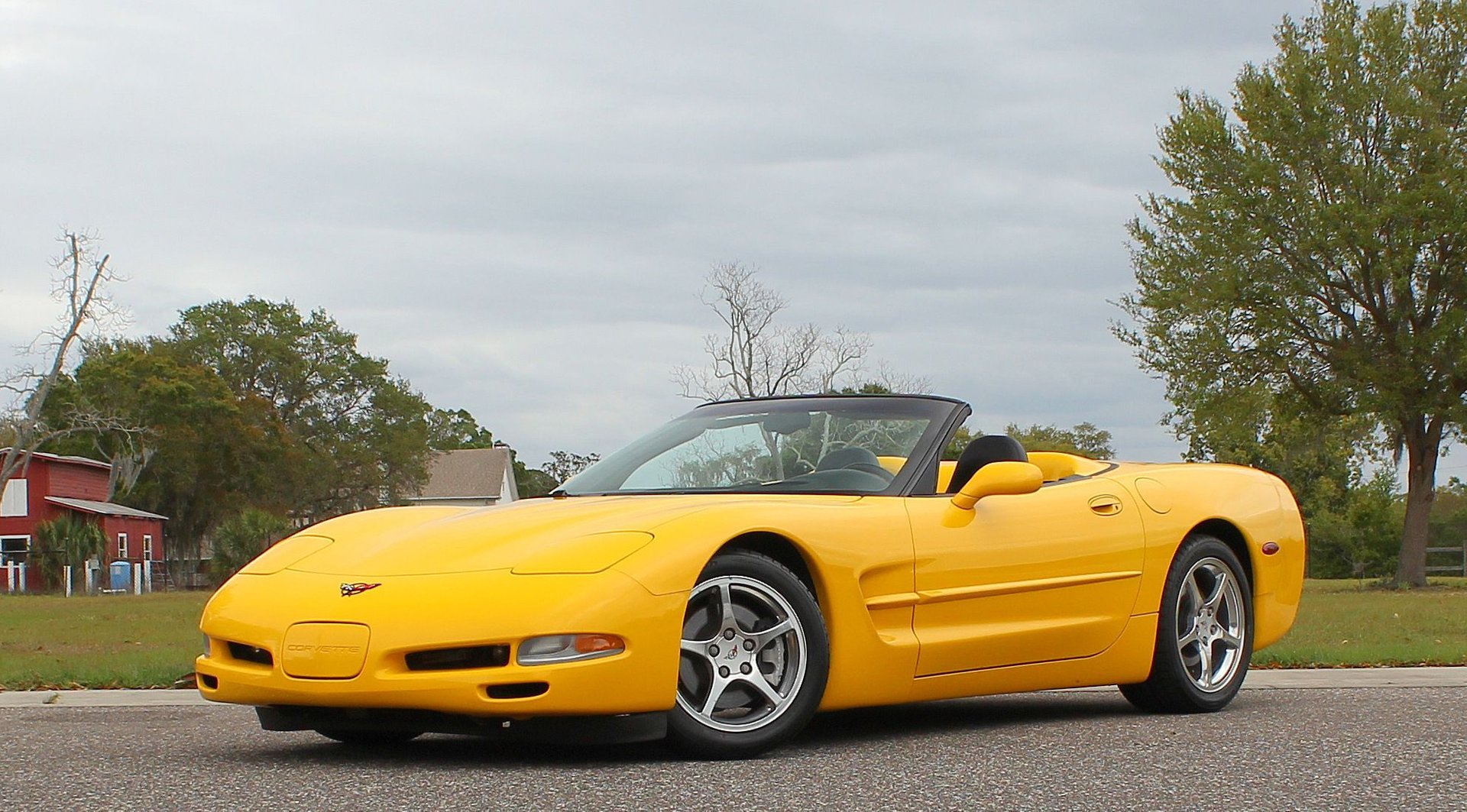
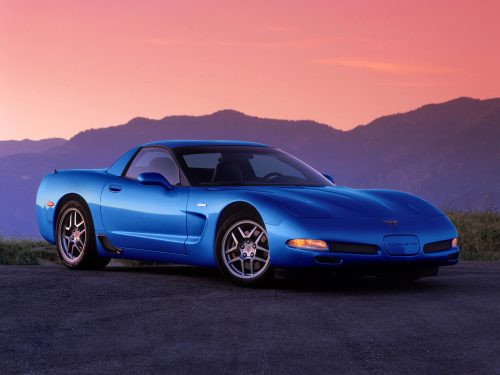
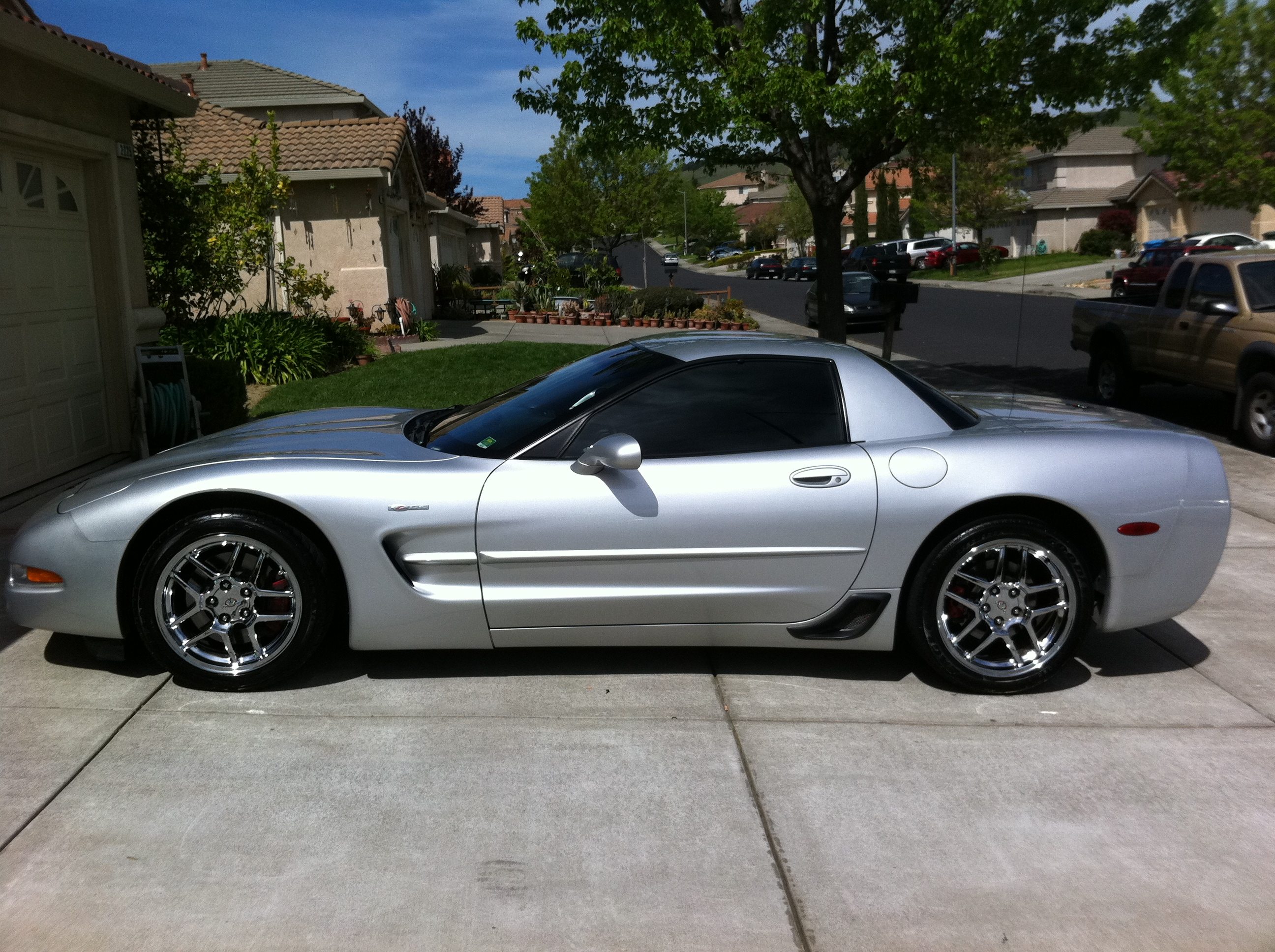
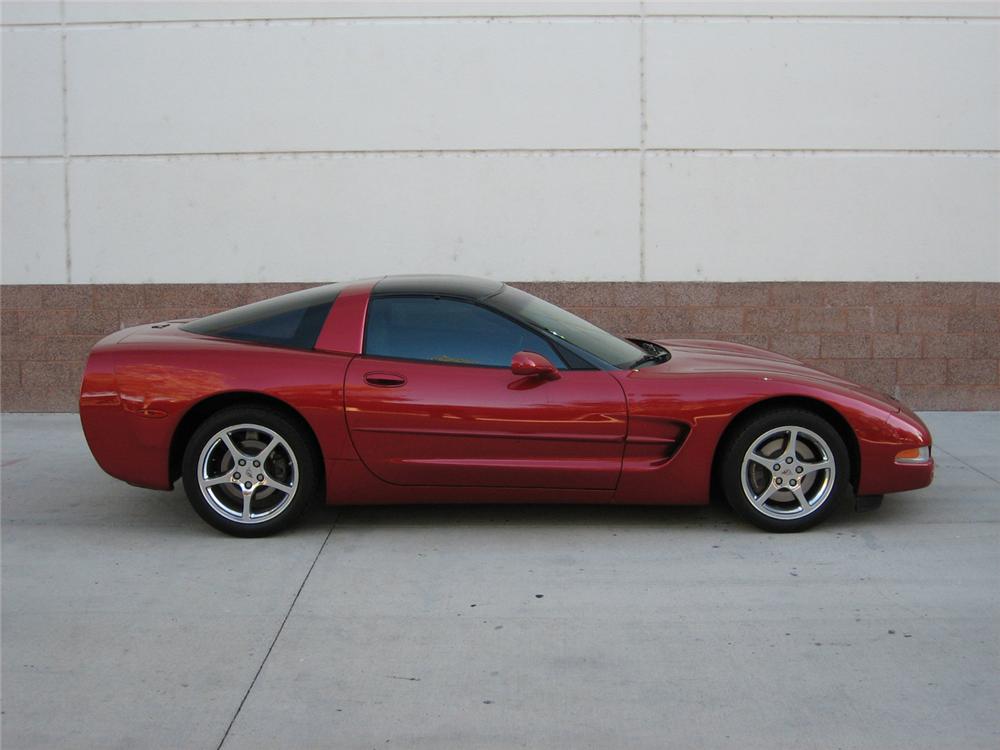
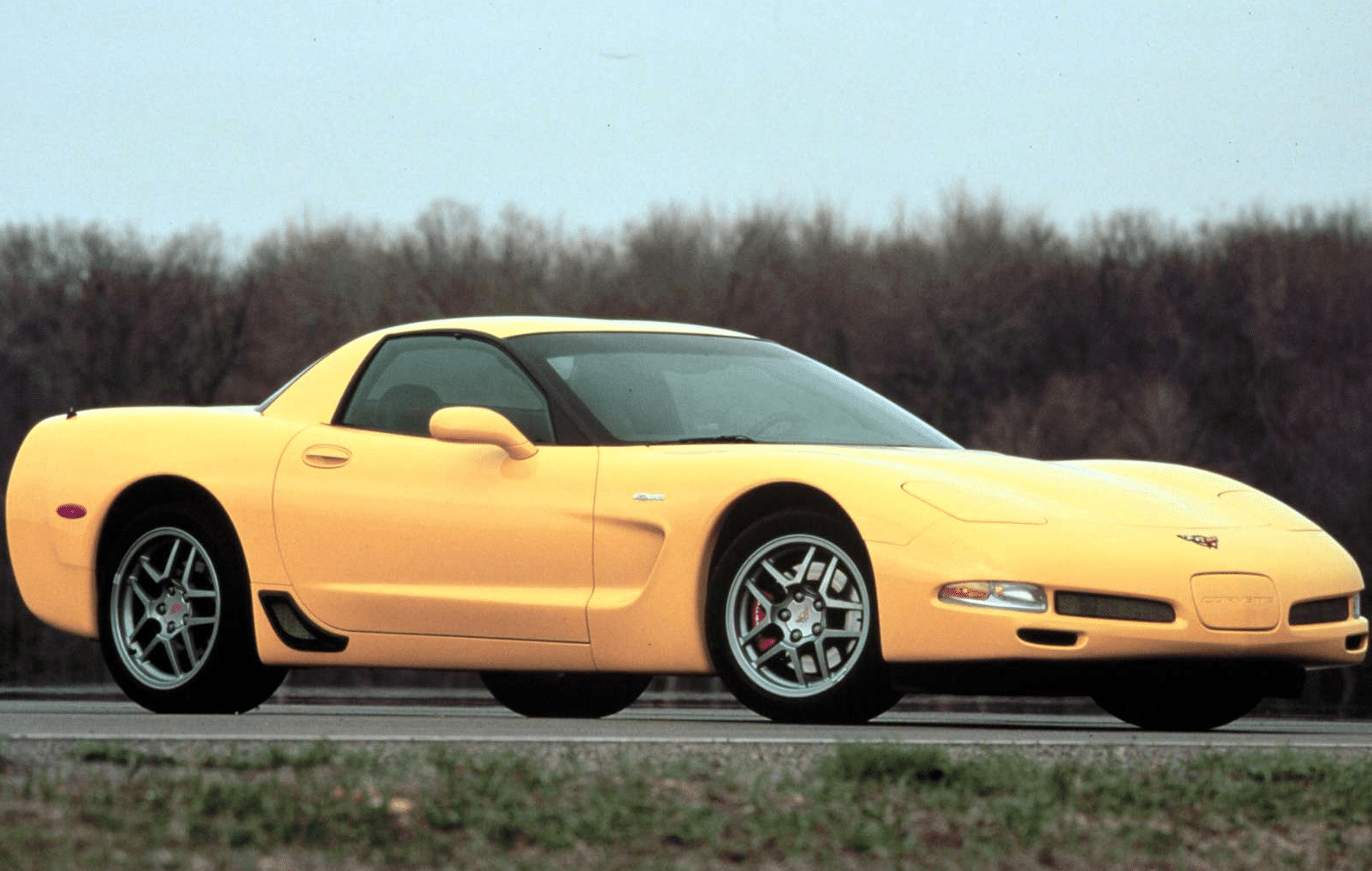
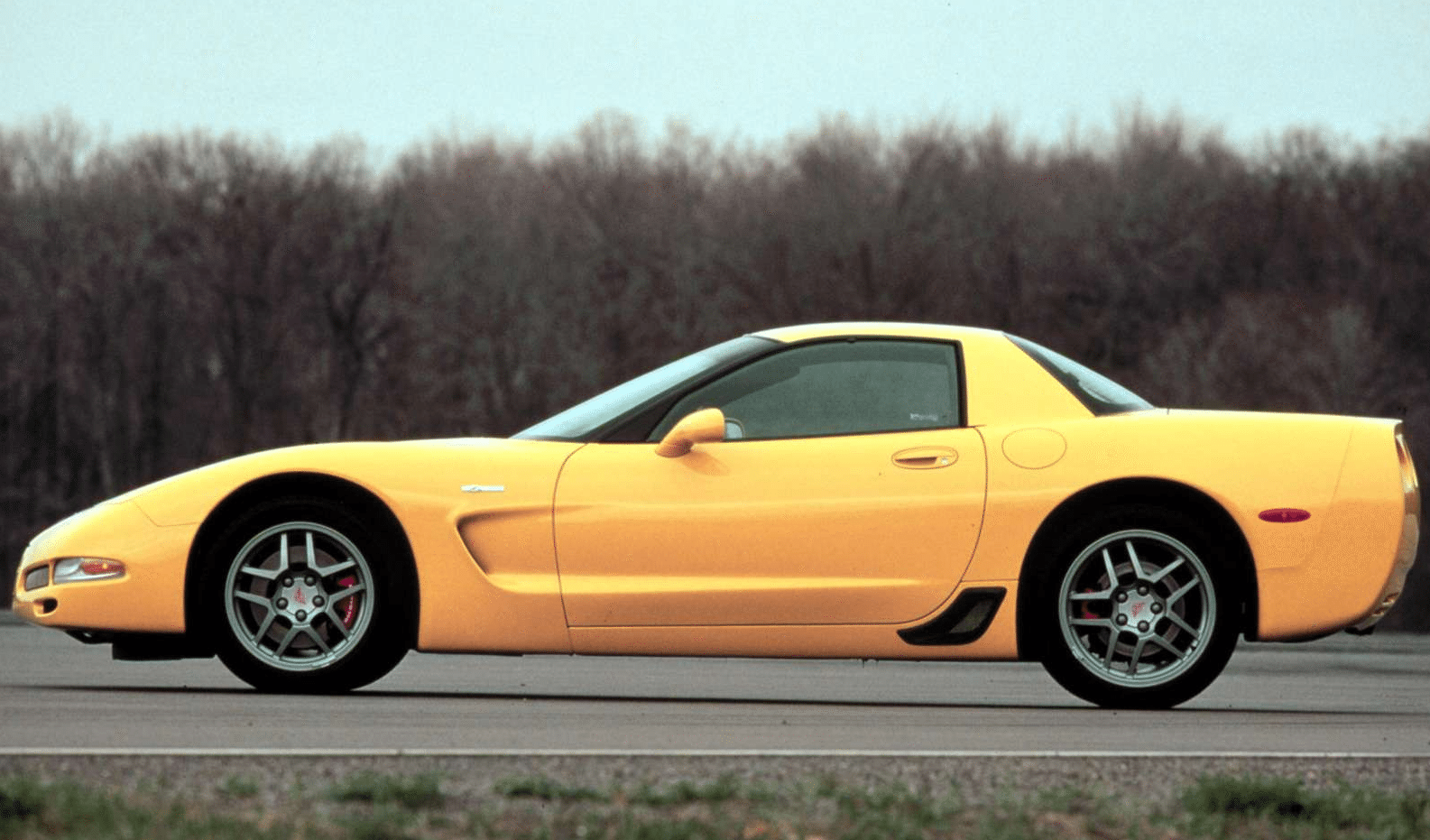
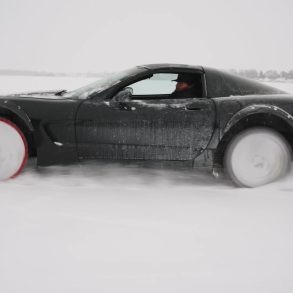
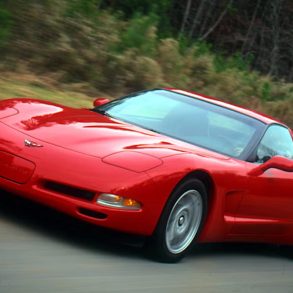
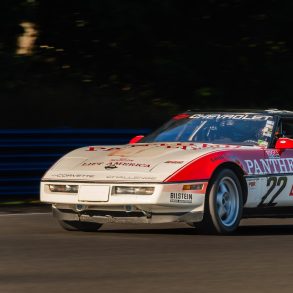
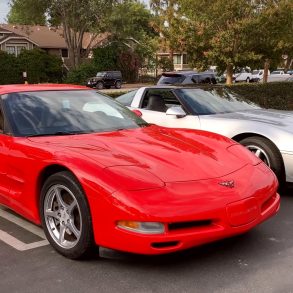
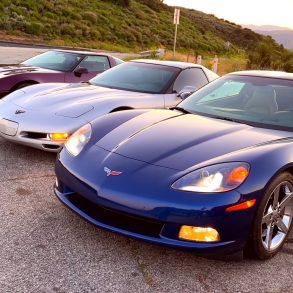
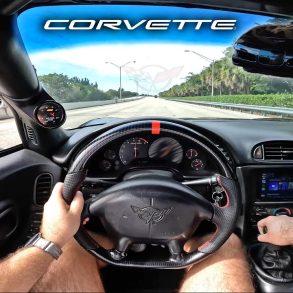

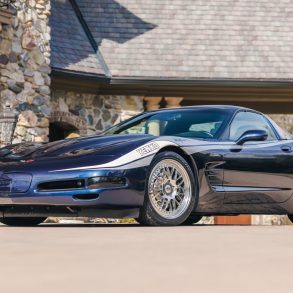
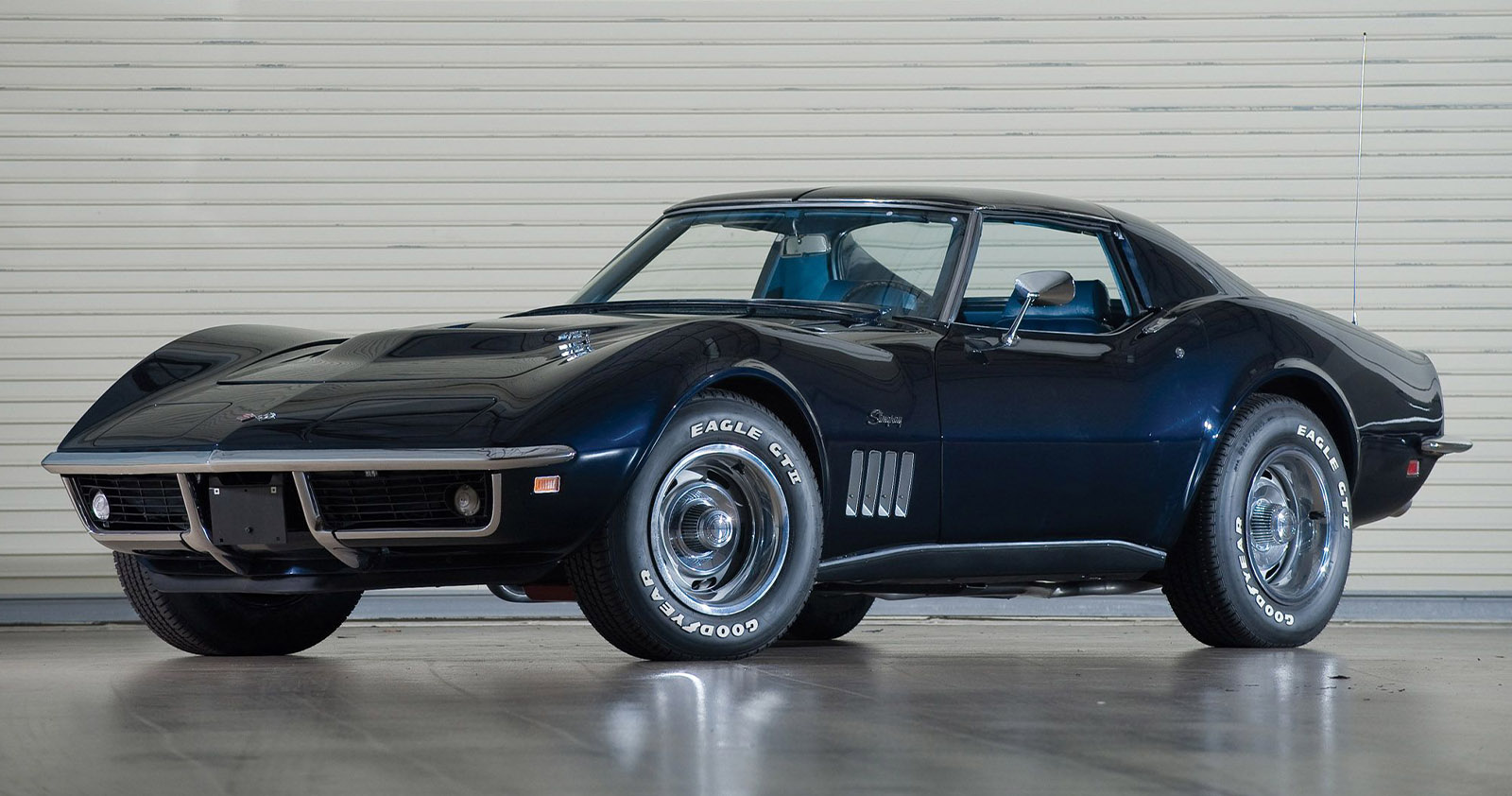
i have a 2001 corvette convertible code Z49 (canadian) i am trying to find how many yellow convertibles were built for Canada. i know that 293 were sent there. mine was sold at DON WHEATON CHEVY in Edmonton Alberta Canada. it has made it home to me in Basin wyoming. it was in Great Falls Montana since at least 2005. i would really like to know more of the cars history. if you could help or send me in the right direction it would be great
thanks. reiige
I am trying to find out what are the Particulate matters and Max authorized Mass for a C5 corvette
Thanks in advance
Charles